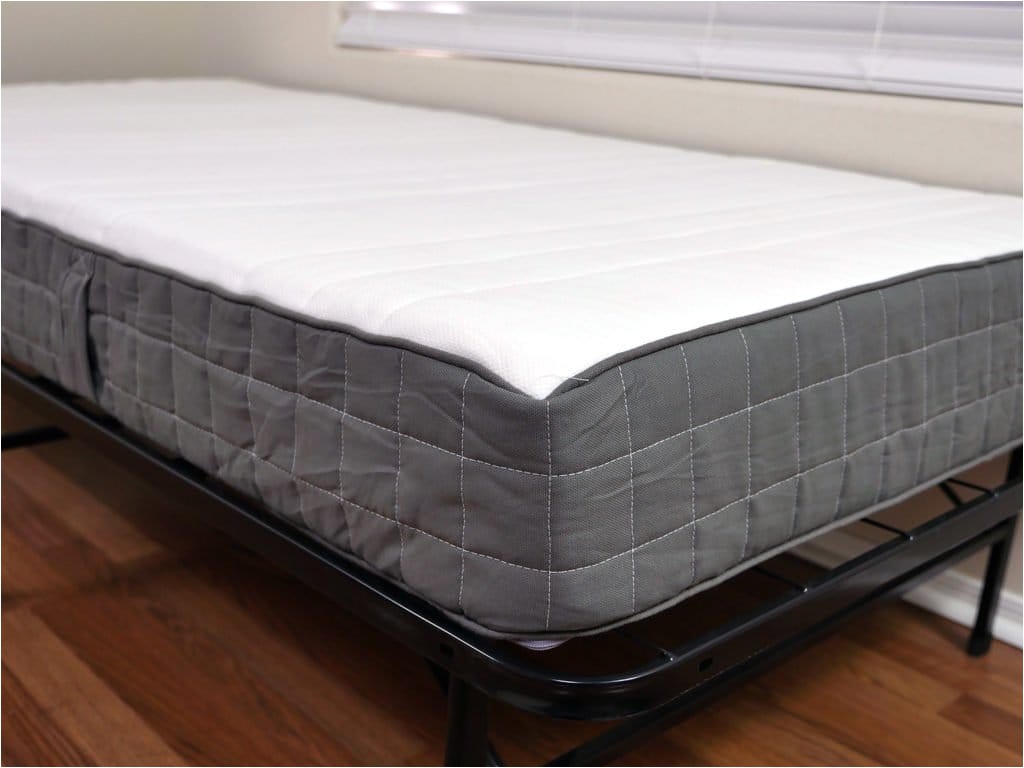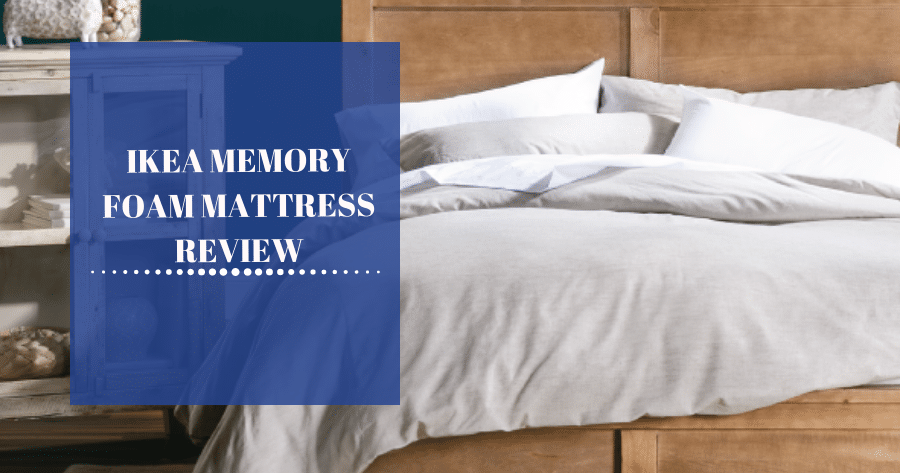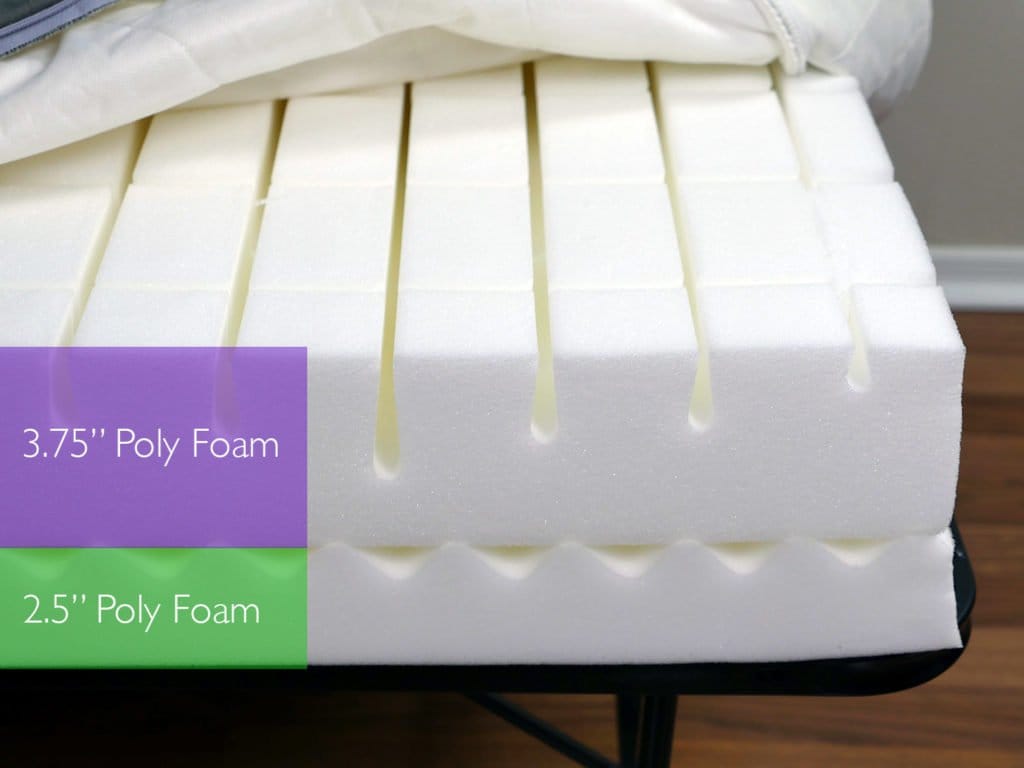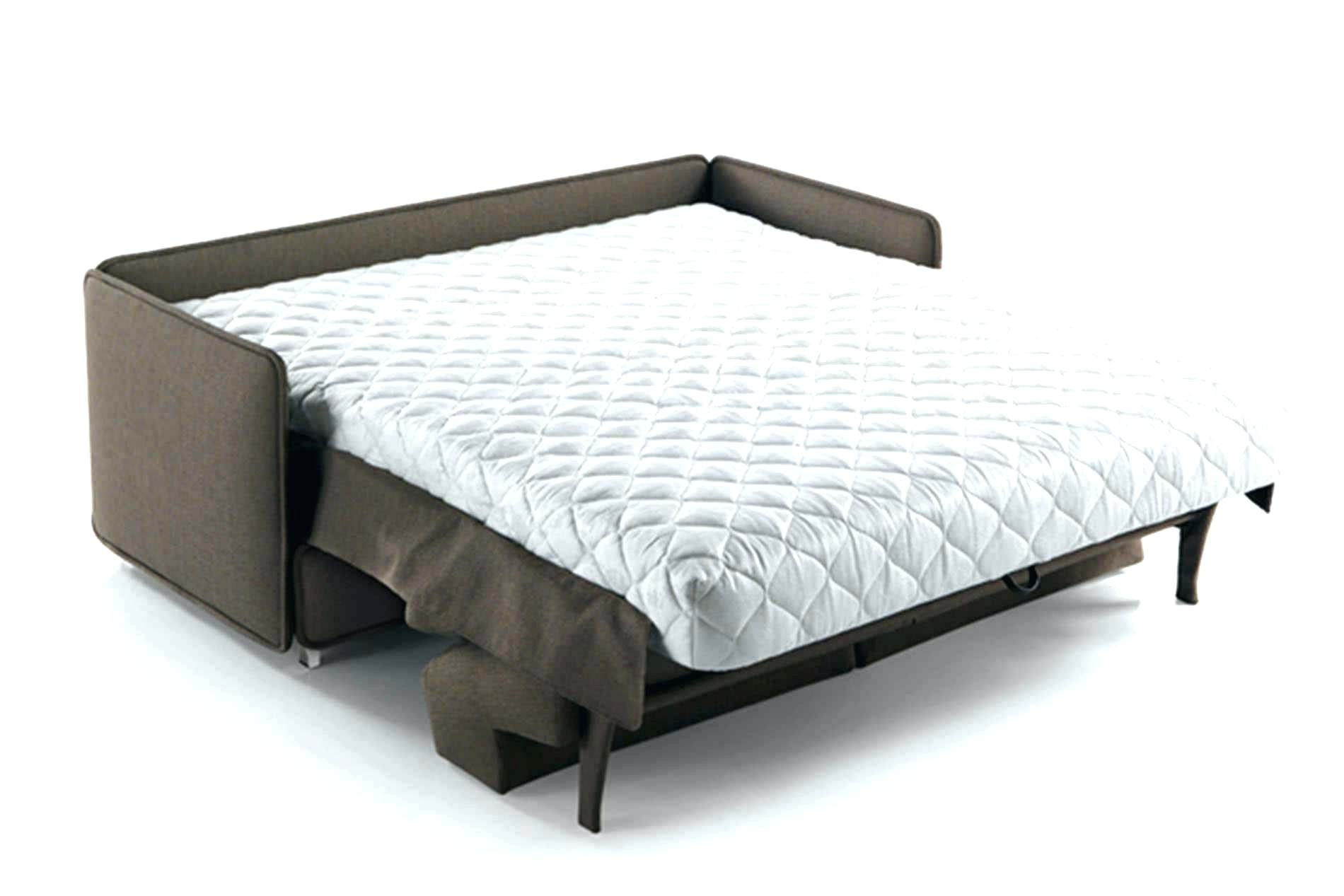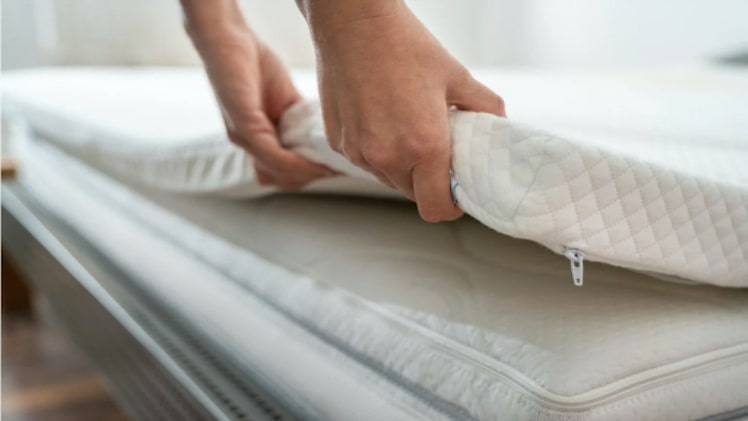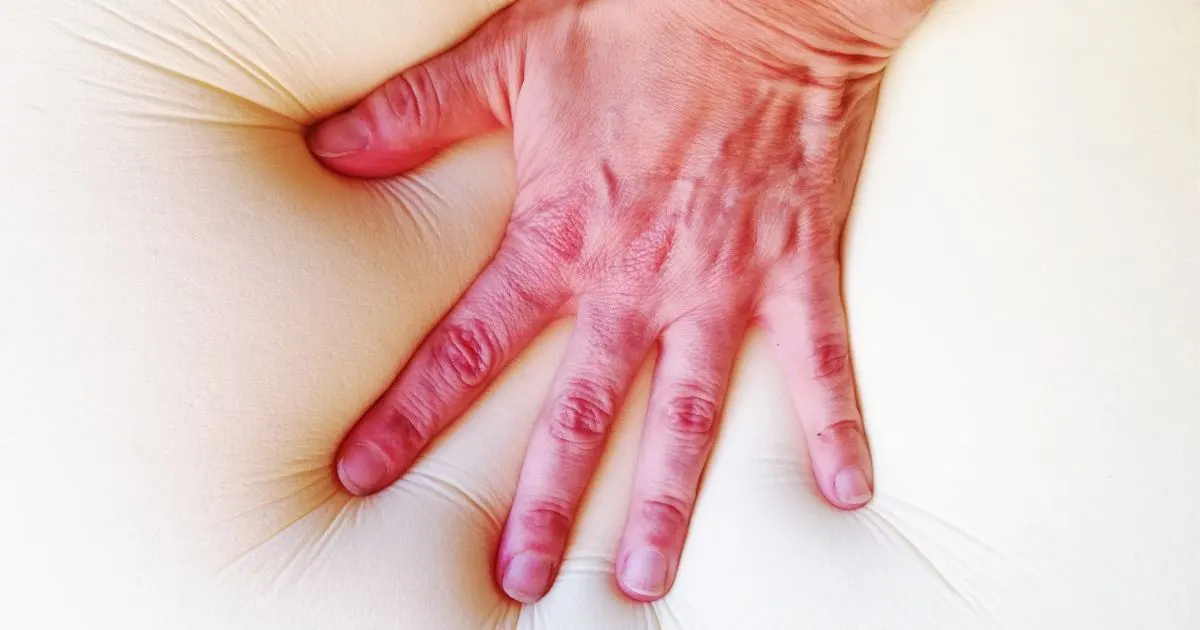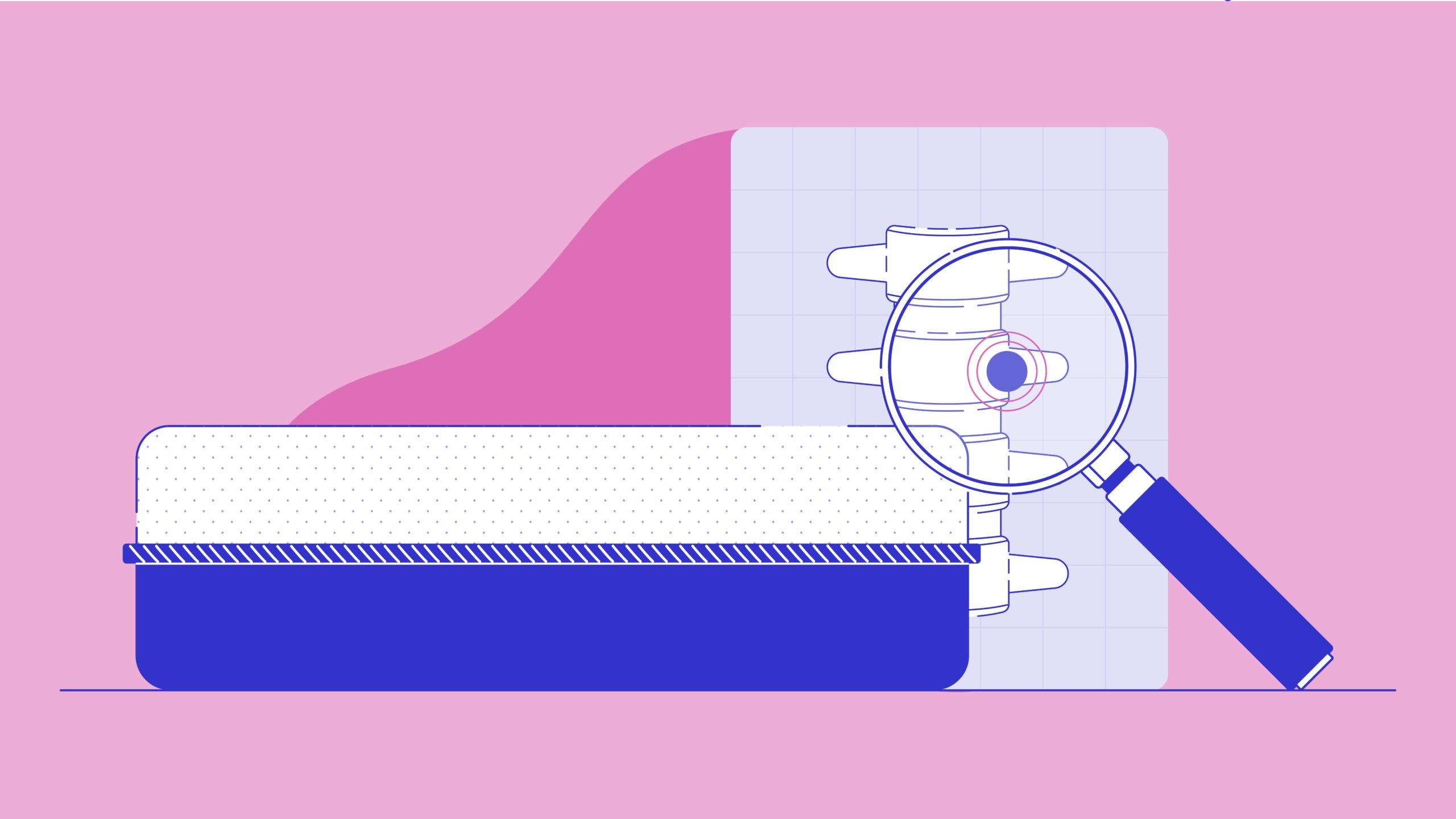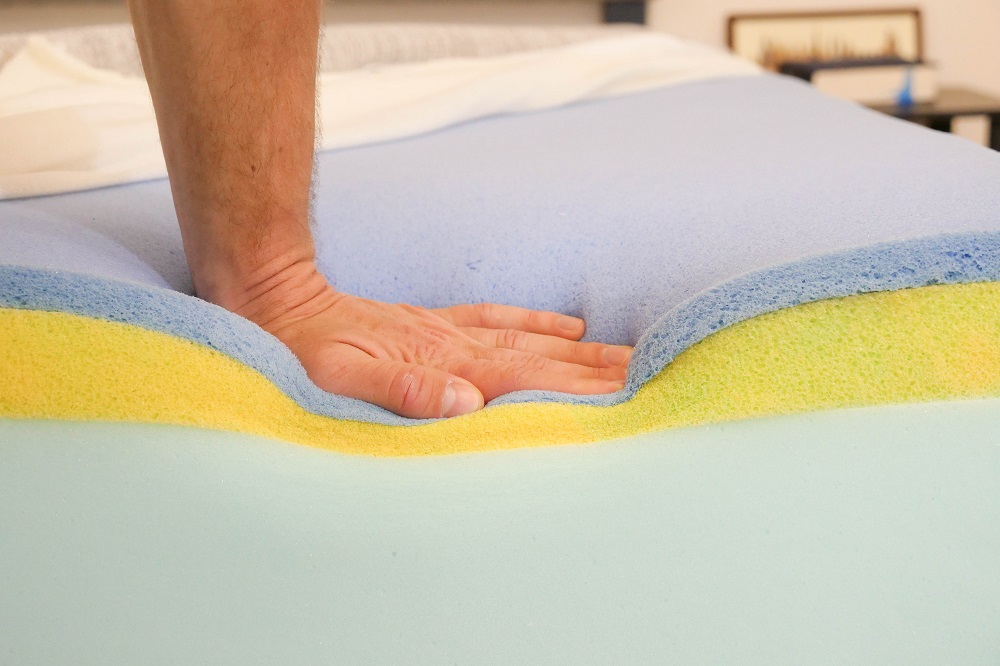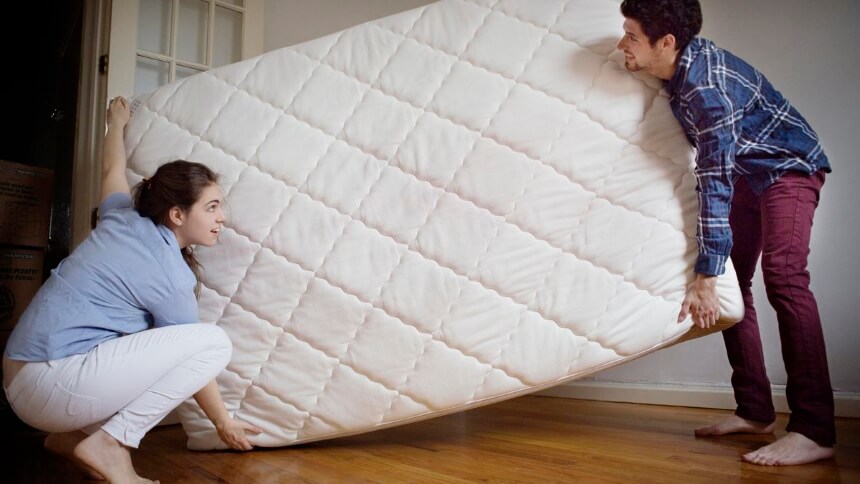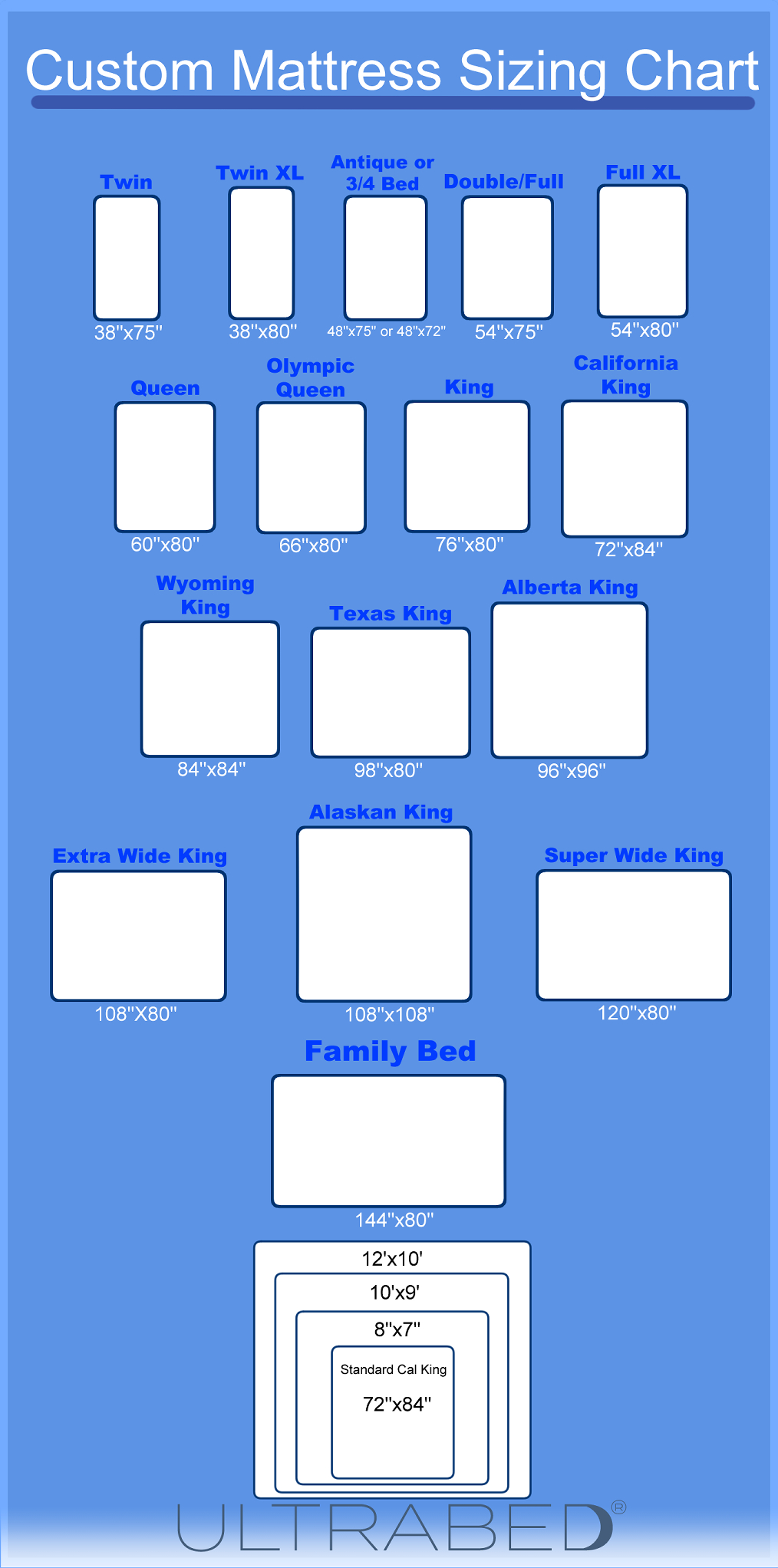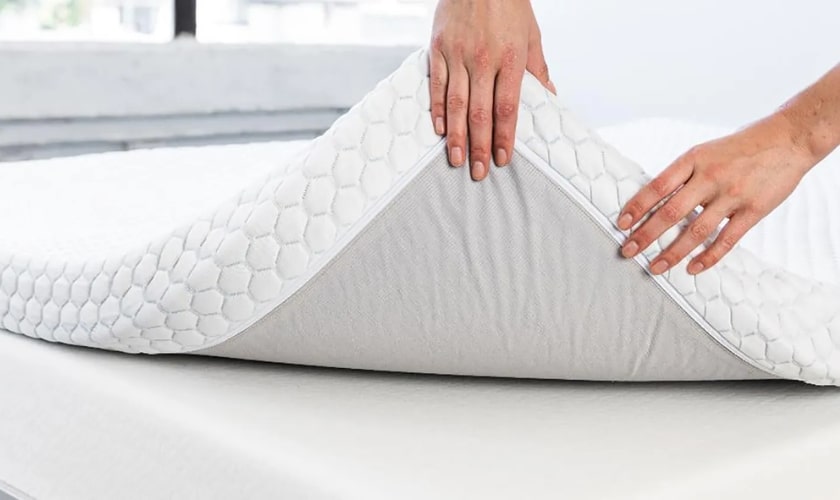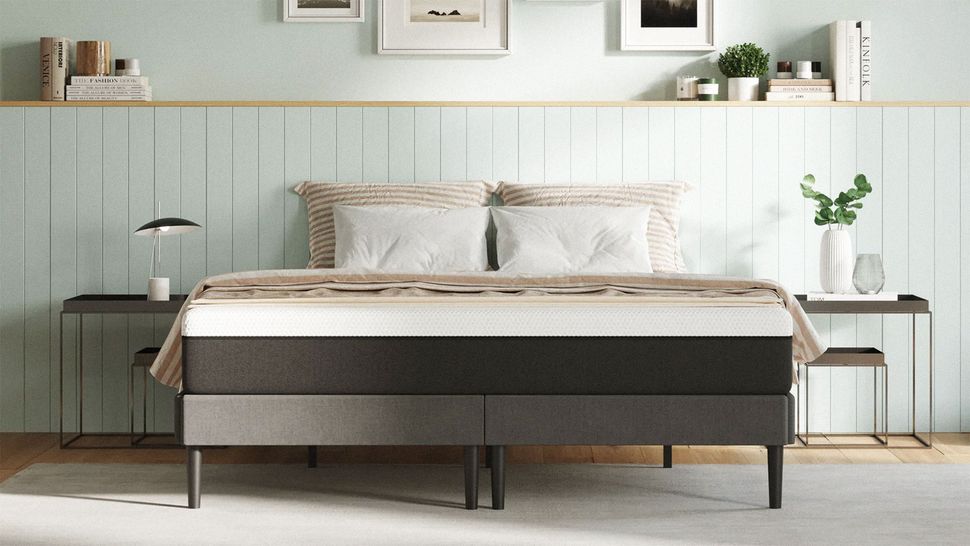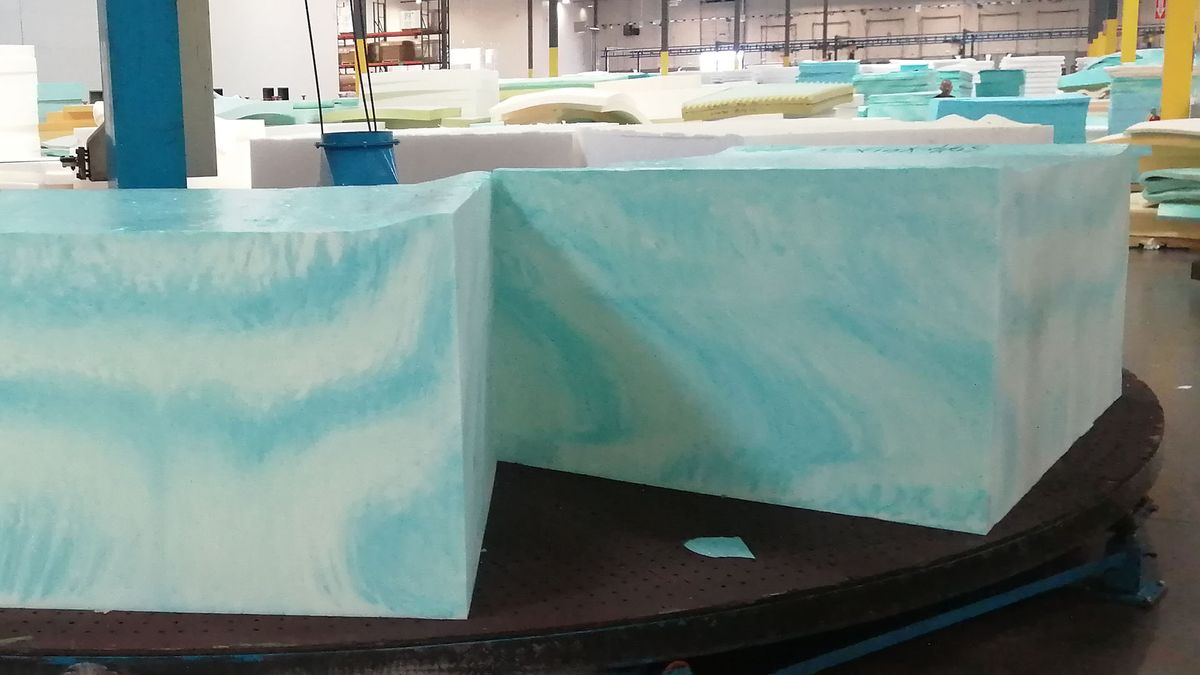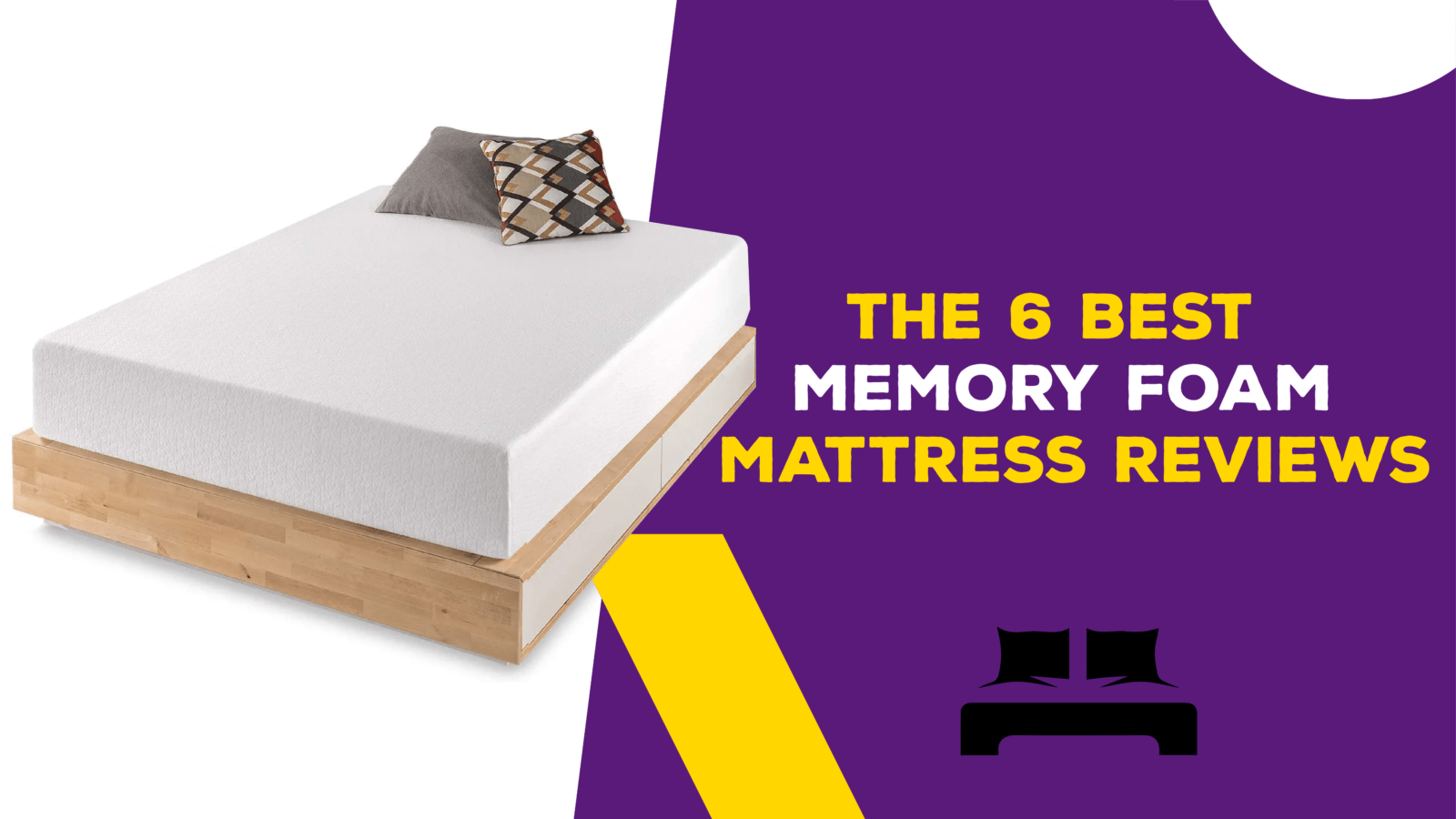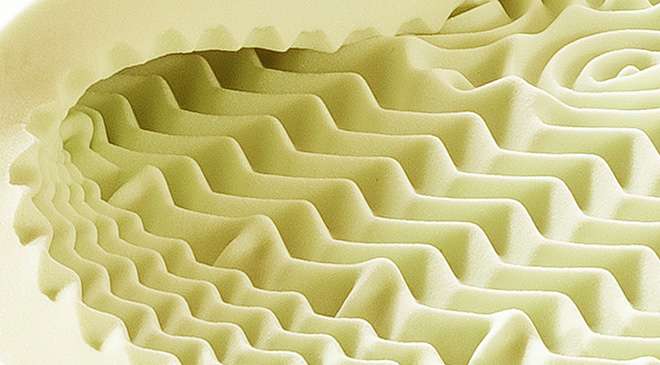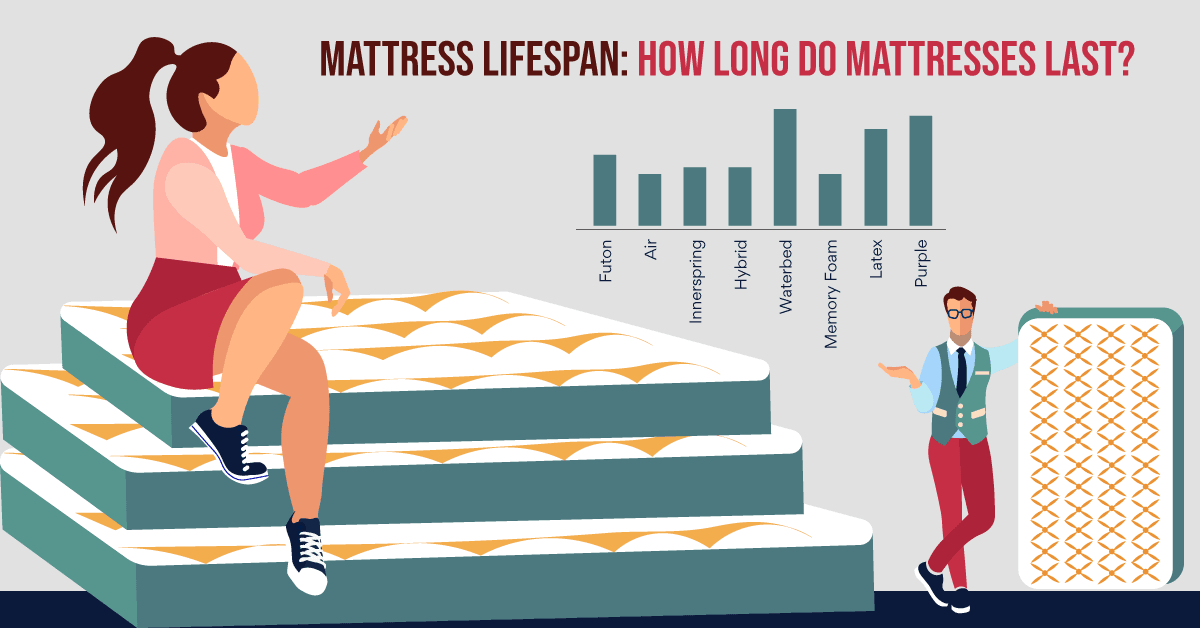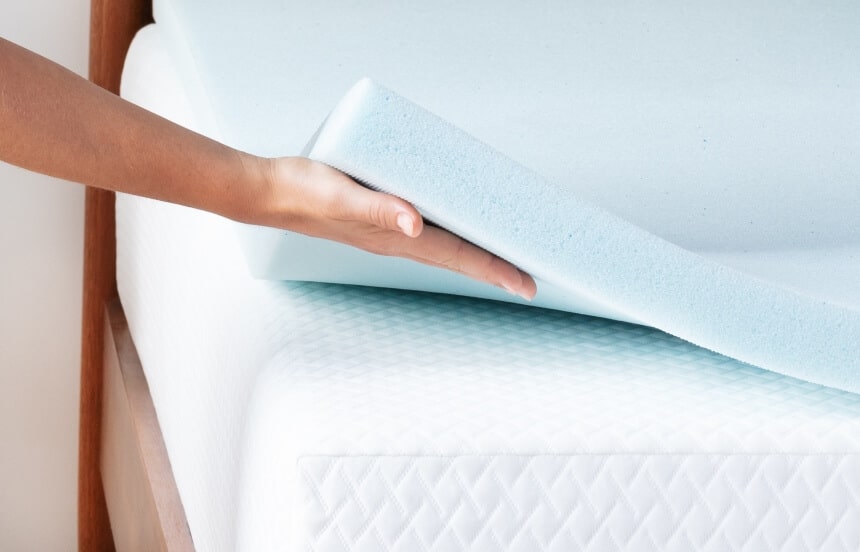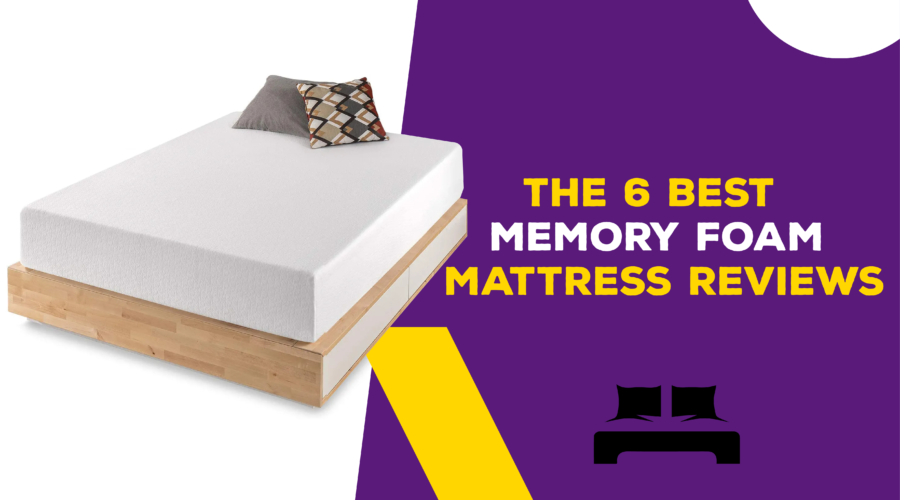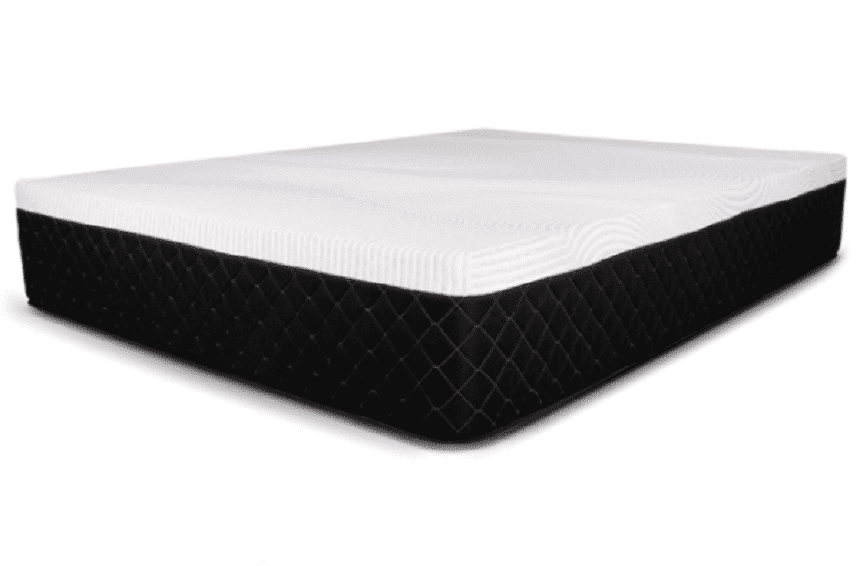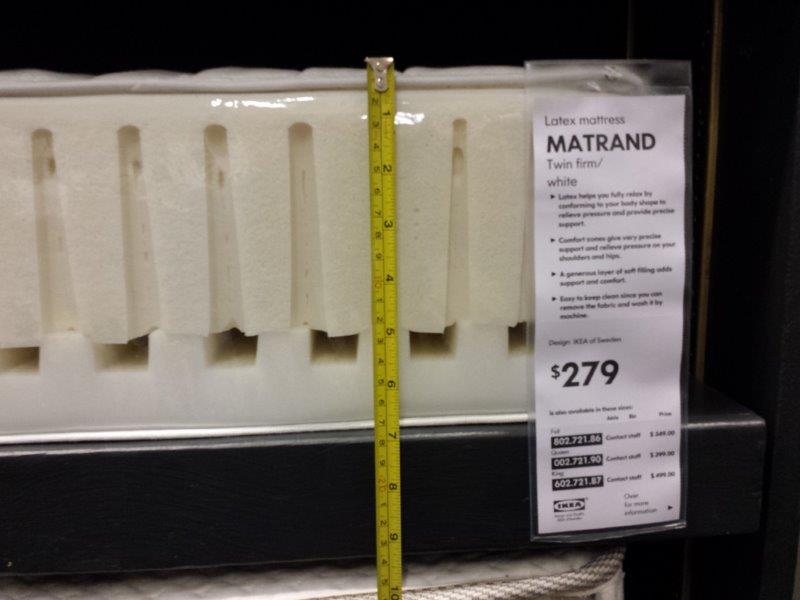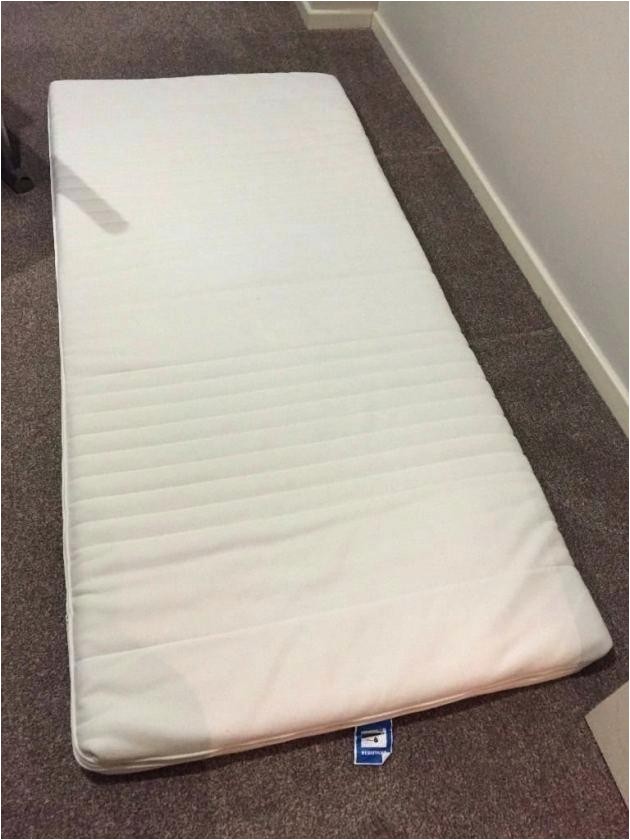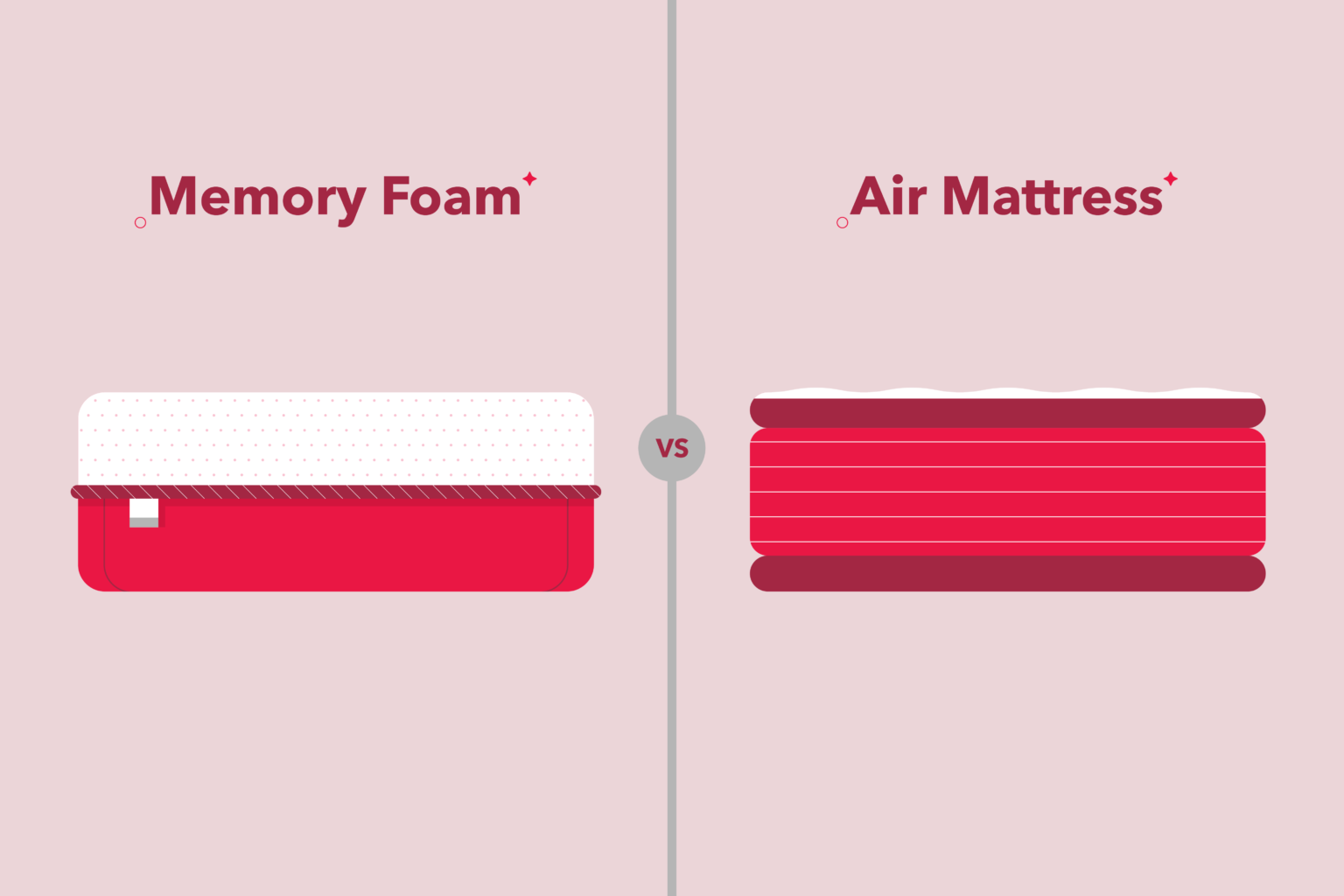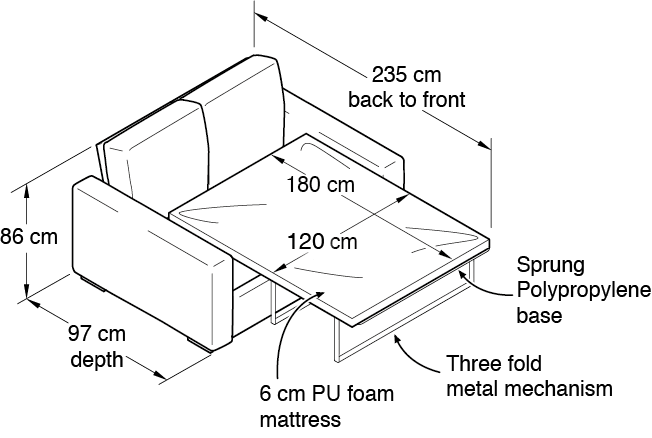IKEA Memory Foam Mattress Sinking: 10 Possible Causes and Solutions
If you own an IKEA memory foam mattress, you probably chose it for its comfort and support. However, you may have noticed that over time, your mattress has started to sink, causing discomfort and disrupting your sleep. This sinking can be frustrating, especially if you spent a significant amount of money on the mattress. But don't worry, there are several possible causes for this sinking, and even better, there are solutions to fix it.
Causes:
1. Poor Quality Foam: One of the most common causes of a sinking IKEA memory foam mattress is poor quality foam. If the foam used in the mattress is not high-density enough, it can start to lose its shape and sag over time. This can happen even after just a few months of use, and unfortunately, there is not much you can do to fix it.
2. Wear and Tear: Like any other product, mattresses also experience wear and tear over time. Constant use of your IKEA memory foam mattress can cause it to sink in certain areas, especially where you sleep the most. This can happen due to the weight and pressure of your body, as well as movements during sleep.
3. Improper Support: Another cause for a sinking IKEA memory foam mattress is improper support. If the mattress is not placed on a suitable foundation or platform, it can start to sag and lose its shape. This can also happen if the foundation or platform is not sturdy enough to support the weight of the mattress and the sleeper.
4. Humidity and Heat: Memory foam mattresses are known for their ability to contour to your body shape, providing ultimate comfort. However, this can also be a disadvantage when it comes to humidity and heat. If your bedroom is too humid or hot, the foam can soften and lose its support, causing the mattress to sink.
5. Inadequate Rotation: Like any other mattress, it is essential to rotate your IKEA memory foam mattress regularly. If you don't, the foam can start to compress in certain areas, causing uneven sinking and discomfort. It is recommended to rotate your mattress every 3-6 months, or as directed by the manufacturer.
Solutions:
1. Invest in a High-Quality Mattress Topper: If your IKEA memory foam mattress is sinking due to poor quality foam, a high-quality mattress topper can provide extra support and comfort. Look for a topper with at least 2 inches of high-density foam to add to the top of your mattress.
2. Try a Mattress Protector: If your mattress is sinking due to humidity and heat, a mattress protector can help. Look for one that is specifically designed to regulate temperature and prevent moisture from seeping into the mattress.
3. Check Your Foundation: If your mattress is not placed on a sturdy foundation, it can cause it to sink. Make sure your foundation or platform is strong enough to support the weight of the mattress and the sleeper. If not, consider investing in a new foundation.
4. Rotate Your Mattress: As mentioned earlier, it is crucial to rotate your mattress regularly to prevent uneven sinking. If you haven't been doing so, start now and make it a regular habit.
5. Consider a Firm Mattress: If you find that your IKEA memory foam mattress is sinking too much, consider switching to a firmer mattress. This can provide better support and prevent sinking in the future.
How to Fix a Sinking IKEA Memory Foam Mattress
If your IKEA memory foam mattress is already sinking, there are a few things you can try to fix it before resorting to buying a new one.
1. Place a Pillow Under the Sinking Area: If only a small area of your mattress is sinking, you can try placing a pillow underneath to provide extra support. This can alleviate some of the discomfort and help the mattress retain its shape.
2. Use a Mattress Wedge: A mattress wedge can also provide extra support and help prevent further sinking. Simply place the wedge under the sinking area of the mattress to add more support.
3. Try a Mattress Repair Kit: There are mattress repair kits available that can help fix minor sinking issues. These kits usually come with a patch and adhesive to repair any damage to the foam.
4. Follow the Manufacturer's Instructions: If your mattress is still under warranty, make sure to follow the manufacturer's instructions before attempting any repairs. This will ensure that your warranty remains valid.
Why is My IKEA Memory Foam Mattress Sinking?
As mentioned earlier, there can be several reasons why your IKEA memory foam mattress is sinking. It could be due to poor quality foam, wear and tear, improper support, humidity and heat, or inadequate rotation. Identifying the cause will help you find the best solution to fix the sinking issue.
How to Prevent Your IKEA Memory Foam Mattress from Sinking
Prevention is always better than a cure, and the same goes for sinking IKEA memory foam mattresses. Here are some tips to help prevent your mattress from sinking in the future:
1. Invest in a High-Quality Mattress: To avoid sinking due to poor quality foam, make sure to invest in a high-quality mattress from the start. Look for mattresses with high-density foam and good customer reviews.
2. Use a Mattress Topper: A mattress topper can also provide extra support and prevent sinking. Look for one with high-density foam to add to the top of your mattress.
3. Rotate Your Mattress Regularly: As mentioned earlier, it is crucial to rotate your mattress every 3-6 months to prevent uneven sinking. Make it a regular habit to avoid any issues in the future.
4. Keep Your Bedroom Cool and Dry: To prevent sinking due to humidity and heat, make sure to keep your bedroom cool and dry. Use a dehumidifier if necessary.
5. Use a Sturdy Foundation: Make sure your mattress is placed on a sturdy foundation or platform to prevent sinking. If your current foundation is not strong enough, consider investing in a new one.
Common Issues with IKEA Memory Foam Mattresses and How to Fix Them
Sinking is not the only issue that IKEA memory foam mattresses can experience. Here are some other common problems and their solutions:
1. Strong Odor: When you first purchase an IKEA memory foam mattress, you may notice a strong odor. This is a common issue with memory foam mattresses, and it usually dissipates within a few days. To speed up the process, air out the mattress in a well-ventilated room.
2. Off-Gassing: Off-gassing is the release of chemicals from the foam used in the mattress. This can also contribute to a strong odor, but it is not harmful. To reduce off-gassing, make sure to air out the mattress before use.
3. Heat Retention: Memory foam mattresses are known for retaining heat, which can be uncomfortable for some sleepers. To combat this issue, look for a mattress with cooling technology or use a mattress protector designed to regulate temperature.
4. Allergies: Some sleepers may have allergies to the materials used in memory foam mattresses. If this is the case, consider switching to a different type of mattress or use a hypoallergenic mattress protector.
Troubleshooting Guide for Sinking IKEA Memory Foam Mattresses
If you are still experiencing issues with your sinking IKEA memory foam mattress, here is a quick troubleshooting guide to help you find a solution:
1. Check the Quality of the Foam: If you suspect that poor quality foam is causing the sinking, try adding a high-density mattress topper to provide extra support.
2. Consider the Environment: If the sinking is due to humidity and heat, make sure to keep your bedroom cool and dry. Use a dehumidifier if necessary.
3. Rotate Your Mattress: If your mattress has not been rotated regularly, make sure to do so and see if it helps with the sinking issue.
4. Check the Foundation: Make sure your mattress is placed on a sturdy foundation or platform. If not, consider investing in a new one.
5. Contact the Manufacturer: If none of these solutions work, contact the manufacturer for further assistance. If your mattress is still under warranty, they may offer a replacement or repair.
Tips for Maintaining the Quality of Your IKEA Memory Foam Mattress
To ensure your IKEA memory foam mattress lasts as long as possible, here are some tips for maintaining its quality:
1. Follow the Manufacturer's Instructions: Make sure to read and follow the manufacturer's instructions for cleaning and maintaining your mattress.
2. Use a Mattress Protector: A mattress protector can help prevent stains and spills, keeping your mattress in good condition.
3. Air Out the Mattress: When you first purchase your mattress, make sure to air it out in a well-ventilated room to reduce the strong odor and off-gassing.
4. Keep Your Mattress Clean: Regularly vacuum your mattress and spot clean any spills or stains to keep it clean and fresh.
5. Rotate Your Mattress: As mentioned earlier, make sure to rotate your mattress every 3-6 months to prevent uneven sinking and maintain its shape.
Understanding the Lifespan of an IKEA Memory Foam Mattress
The lifespan of an IKEA memory foam mattress can vary depending on several factors, such as the quality of the foam, the environment it is placed in, and how well it is maintained. On average, a memory foam mattress can last anywhere from 8-10 years.
Comparing IKEA Memory Foam Mattresses: Which One is Less Likely to Sink?
IKEA offers a variety of memory foam mattresses, each with different features and materials. When comparing mattresses, look for ones with high-density foam and cooling technology to help prevent sinking. Additionally, reading customer reviews can also give you an idea of the durability and sinking potential of each mattress.
Customer Reviews: Experiences with Sinking IKEA Memory Foam Mattresses
Reading customer reviews can give you valuable insights into the experiences of other users with sinking IKEA memory foam mattresses. Look for reviews that mention issues with sinking and how they were resolved. This can help you make a more informed decision when purchasing a new mattress.
The Problem with IKEA Memory Foam Mattresses
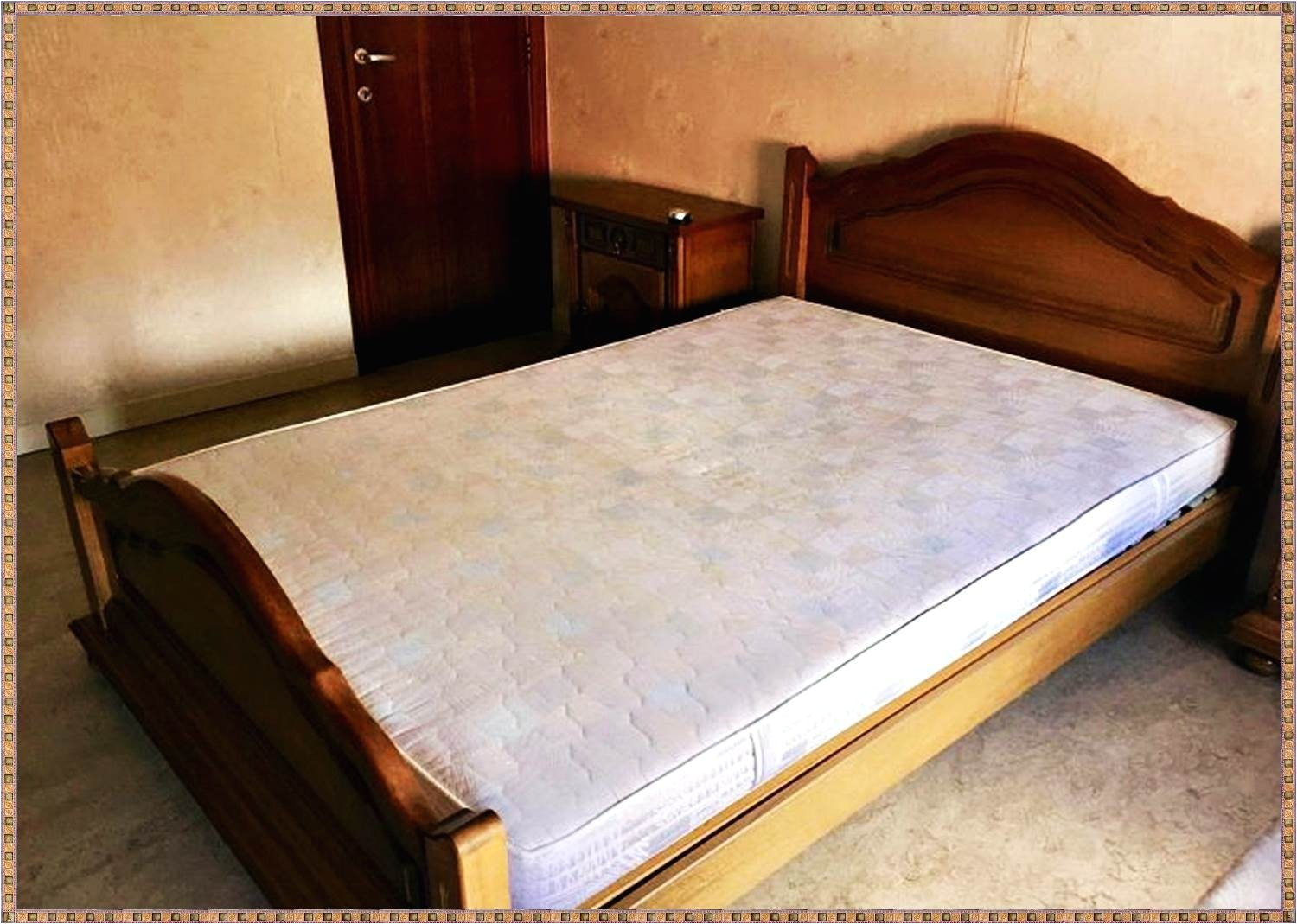
Why Do IKEA Memory Foam Mattresses Sink?
 When it comes to finding the perfect mattress, IKEA is a popular choice for many homeowners. Their memory foam mattresses are known for their affordable prices and comfortable support. However, some customers have reported issues with their IKEA memory foam mattresses sinking over time. This can be a frustrating and uncomfortable problem, especially if you have invested in a new mattress for a good night's sleep. But why do IKEA memory foam mattresses sink and what can be done to prevent it?
First, it's important to understand the construction of IKEA memory foam mattresses.
These mattresses are made up of layers of memory foam, which is a type of polyurethane foam that conforms to the shape of your body. The top layer is typically a softer foam for comfort, while the bottom layer is a firmer foam for support. This combination provides a balance of softness and support for a comfortable night's sleep.
However, one of the main reasons why IKEA memory foam mattresses sink is due to insufficient support.
While the bottom layer of foam is designed to provide support, it may not be enough to hold up the weight of your body over time. This can cause the mattress to sag and lose its shape, creating a sinking feeling when you lay on it.
Another factor that may contribute to sinking in IKEA memory foam mattresses is the quality of the materials used.
Some customers have reported that the foam used in these mattresses is not as dense or durable as other memory foam mattresses on the market. This can lead to quicker wear and tear, resulting in a sinking mattress.
When it comes to finding the perfect mattress, IKEA is a popular choice for many homeowners. Their memory foam mattresses are known for their affordable prices and comfortable support. However, some customers have reported issues with their IKEA memory foam mattresses sinking over time. This can be a frustrating and uncomfortable problem, especially if you have invested in a new mattress for a good night's sleep. But why do IKEA memory foam mattresses sink and what can be done to prevent it?
First, it's important to understand the construction of IKEA memory foam mattresses.
These mattresses are made up of layers of memory foam, which is a type of polyurethane foam that conforms to the shape of your body. The top layer is typically a softer foam for comfort, while the bottom layer is a firmer foam for support. This combination provides a balance of softness and support for a comfortable night's sleep.
However, one of the main reasons why IKEA memory foam mattresses sink is due to insufficient support.
While the bottom layer of foam is designed to provide support, it may not be enough to hold up the weight of your body over time. This can cause the mattress to sag and lose its shape, creating a sinking feeling when you lay on it.
Another factor that may contribute to sinking in IKEA memory foam mattresses is the quality of the materials used.
Some customers have reported that the foam used in these mattresses is not as dense or durable as other memory foam mattresses on the market. This can lead to quicker wear and tear, resulting in a sinking mattress.
How to Prevent Sinking in Your IKEA Memory Foam Mattress
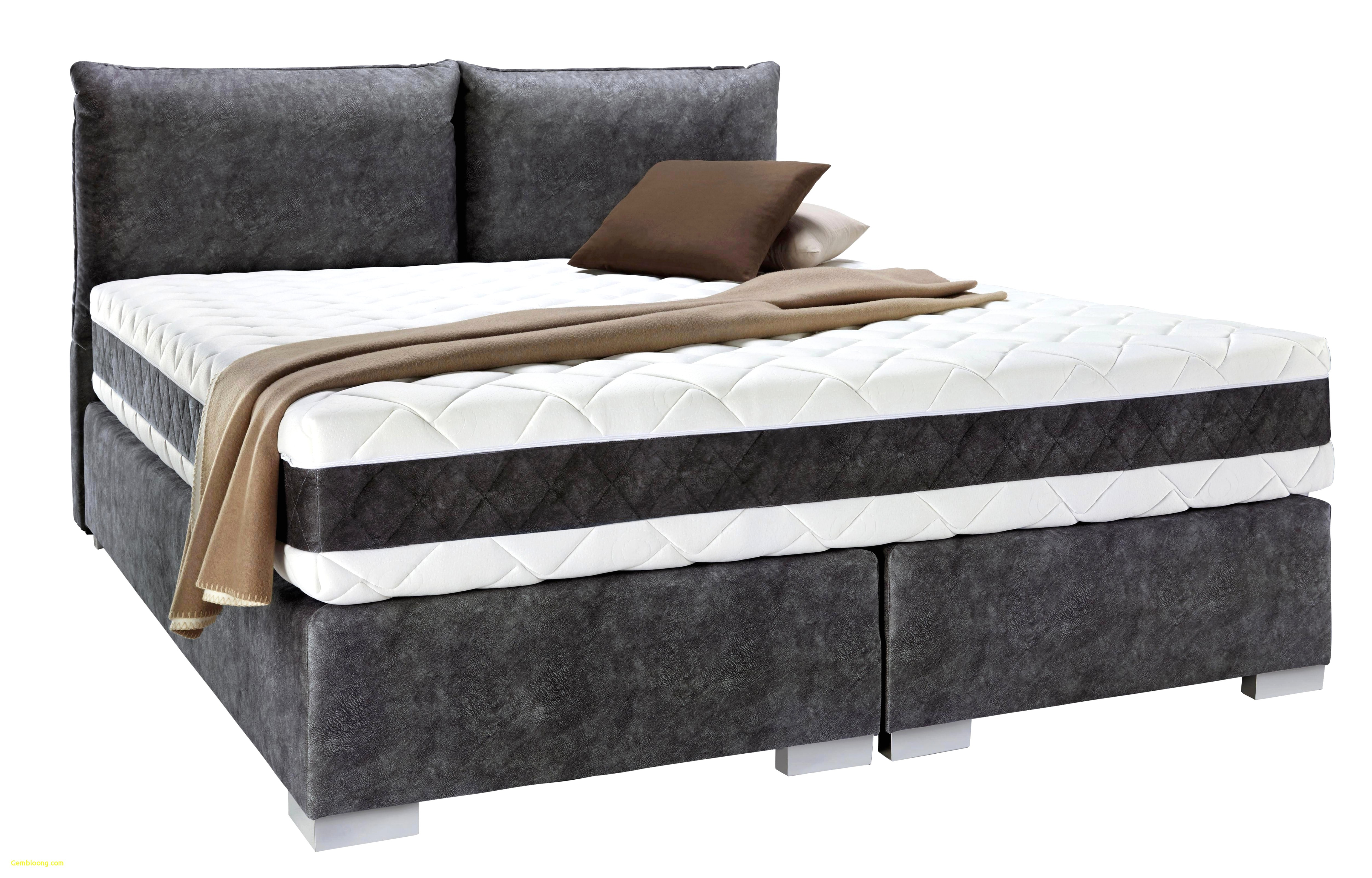 Fortunately, there are steps you can take to prevent your IKEA memory foam mattress from sinking.
First and foremost, make sure to properly support your mattress with a sturdy bed frame and foundation.
This will help distribute your weight evenly and prevent excessive pressure on one area of the mattress.
Additionally, regularly rotating and flipping your mattress can help prevent sinking and prolong its lifespan.
This will help distribute the wear and tear evenly and prevent the foam from breaking down in one specific area.
Lastly,
consider investing in a mattress topper or protector to provide an extra layer of support and protect your mattress from wear and tear.
Look for one that is specifically designed for memory foam mattresses and provides adequate support to prevent sinking.
In conclusion, while IKEA memory foam mattresses may be an affordable and comfortable option, they may be prone to sinking over time. By understanding the construction of these mattresses and taking preventative measures, you can prolong the lifespan of your mattress and prevent sinking for a better night's sleep.
Fortunately, there are steps you can take to prevent your IKEA memory foam mattress from sinking.
First and foremost, make sure to properly support your mattress with a sturdy bed frame and foundation.
This will help distribute your weight evenly and prevent excessive pressure on one area of the mattress.
Additionally, regularly rotating and flipping your mattress can help prevent sinking and prolong its lifespan.
This will help distribute the wear and tear evenly and prevent the foam from breaking down in one specific area.
Lastly,
consider investing in a mattress topper or protector to provide an extra layer of support and protect your mattress from wear and tear.
Look for one that is specifically designed for memory foam mattresses and provides adequate support to prevent sinking.
In conclusion, while IKEA memory foam mattresses may be an affordable and comfortable option, they may be prone to sinking over time. By understanding the construction of these mattresses and taking preventative measures, you can prolong the lifespan of your mattress and prevent sinking for a better night's sleep.

